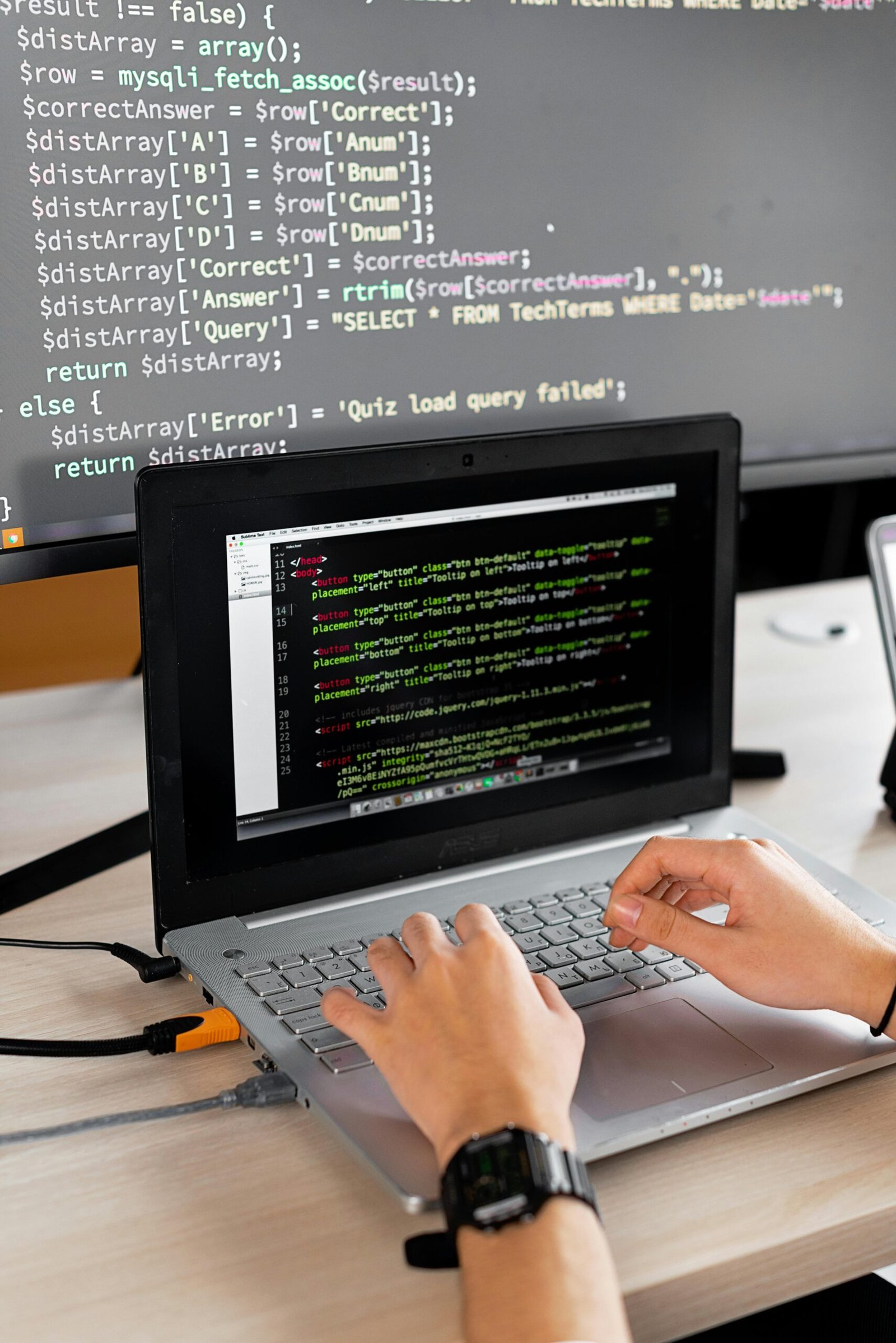Programming languages are the bedrock of software development, providing the framework and guidelines for writing code. Every programming language has its own set of rules that dictate how code should be structured, formatted, and executed. These rules are essential for ensuring that code is readable, understandable, and functional. In this article, we’ll explore the various rules that govern programming languages, including syntax, semantics, typing, naming conventions, and more.
Syntax Rules
Syntax rules define the structure and format of code in a programming language. They specify how different elements of code should be arranged and written to be interpreted correctly by the compiler or interpreter. For example, in languages like Python, indentation is used to denote code blocks, while in languages like C or Java, semicolons are required to terminate statements. Syntax rules ensure consistency and clarity in code, making it easier to read and understand.
Semantic Rules
Semantic rules go beyond syntax and focus on the meaning and behavior of code. They define how different elements of code interact with each other and the underlying system. For instance, in a language like Java, semantic rules enforce type compatibility between variables and operations, ensuring that operations are performed correctly based on the data types involved. Semantic rules are essential for writing code that behaves as intended and produces the desired outcomes.
Static vs. Dynamic Typing Rules
One aspect of programming language rules is typing, which refers to how variables are declared and used in code. In statically typed languages like C++ or Swift, variables must be explicitly declared with their data types, while in dynamically typed languages like JavaScript or Python, variable types are inferred at runtime. Each approach has its own advantages and trade-offs, with static typing offering compile-time safety and dynamic typing providing flexibility and ease of use.
Naming Conventions
Naming conventions dictate how variables, functions, and other elements of code should be named to convey their purpose and meaning effectively. Consistent naming conventions make code more readable and understandable, both for the original developer and for others who may work on the code later. For example, camelCase is commonly used in JavaScript for naming variables and functions, while snake case is prevalent in languages like Python.
Indentation and Whitespace Rules
Proper indentation and whitespace usage are essential for improving code readability and maintainability. By following consistent indentation practices and avoiding excessive whitespace, programmers can make their code easier to navigate and understand. Indentation also helps denote code blocks, making it clear which statements are part of a particular loop, conditional, or function.
Control Structures
Control structures, such as loops and conditionals, come with their own set of rules governing their usage. These rules define how control structures should be written and structured to achieve the desired logic and behavior. For example, in languages like C or Java, conditional statements like if-else and switch-case must be followed by a block of code enclosed in curly braces.
Data Type Rules
Data type rules specify the different types of data that can be used in a programming language, as well as the operations that can be performed on each type. From integers and floats to strings and arrays, each data type has its own set of rules and limitations. Understanding data type rules is essential for manipulating and storing information effectively in code.
Function and Method Rules
Functions and methods are essential building blocks of reusable code in programming languages. Function and method rules define how functions and methods should be declared, called, and used in code. They also specify any parameters or arguments that functions may accept and the return values they may produce. Following function and method rules helps ensure that code is modular, efficient, and easy to maintain.
Variable Declaration Rules
Variables play a crucial role in storing and manipulating data within a program. Variable declaration rules specify how variables should be declared and initialized in code. They also define the scope and lifetime of variables, determining where they can be accessed and how long they exist in memory. Proper variable declaration is essential for writing bug-free and understandable code.
Comments and Documentation Rules
Comments and documentation provide valuable insights into the purpose and functionality of code. Comment and documentation rules define how comments and documentation should be written and formatted to be clear, concise, and informative. Comments explain the logic and reasoning behind code, while documentation describes how to use and interact with functions, methods, and other elements of code.
Error Handling Rules
Error handling rules specify how errors and exceptions should be handled in code. They define strategies and techniques for detecting, reporting, and recovering from errors gracefully. Effective error handling is essential for writing robust and reliable software that can handle unexpected situations and errors without crashing or malfunctioning.
Scope Rules
Scope rules define the visibility and accessibility of variables and other elements of code within a program. They specify where variables are declared and how they can be accessed and manipulated by different parts of the program. Understanding scope rules is essential for avoiding naming conflicts, managing memory efficiently, and writing code that behaves predictably and reliably.
Concurrency Rules
Concurrency rules govern how multiple threads or processes interact and share resources in a concurrent program. They define techniques and patterns for synchronizing access to shared data and coordinating the execution of concurrent tasks. Concurrency rules are essential for writing scalable and efficient concurrent code that can take advantage of multi-core processors and distributed systems.
Conclusion
Mastering the rules of a programming language constitutes its essential for becoming a proficient programmer. Whether its syntax, semantics, typing, or naming conventions, every aspect of a programming language plays a crucial role in shaping how code is written and executed. By understanding and adhering to these rules, programmers can write cleaner, more efficient, and more maintainable code that meets the needs of users and stakeholders.








